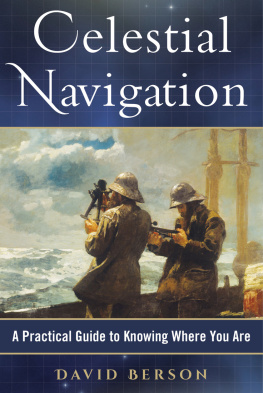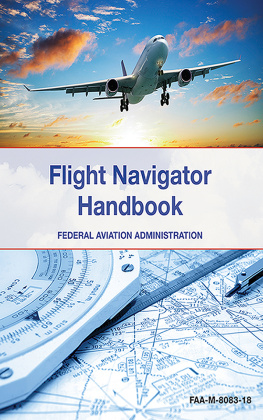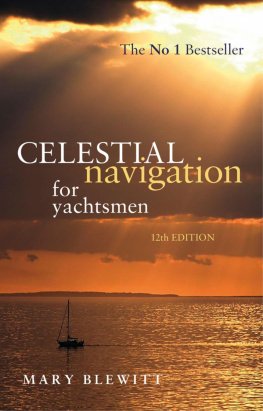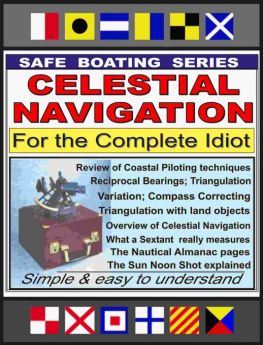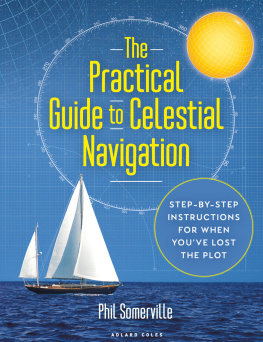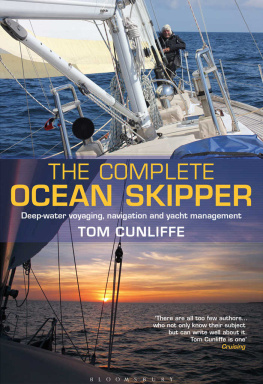Copyright 2018 by Dave Berson
Foreword copyright 2017 by Tim Queeney
Foreword copyright 2017 by Eben Whitcomb
All rights reserved. No part of this book may be reproduced in any manner without the express written consent of the publisher, except in the case of brief excerpts in critical reviews or articles. All inquiries should be addressed to Seahorse Publishing, 307 West 36th Street, 11th Floor, New York, NY 10018.
Seahorse Publishing books may be purchased in bulk at special discounts for sales promotion, corporate gifts, fund-raising, or educational purposes. Special editions can also be created to specifications. For details, contact the Special Sales Department, Skyhorse Publishing, 307 West 36th Street, 11th Floor, New York, NY 10018 or .
Seahorse and Seahorse Publishing are registered trademarks of Skyhorse Publishing, Inc., a Delaware corporation.
Visit our website at www.skyhorsepublishing.com.
10 9 8 7 6 5 4 3 2 1
Library of Congress Cataloging-in-Publication Data is available on file.
Cover design by Tom Lau
Cover photo credit: Eight Bells (1886) by Winslow Homer, courtesy of the Addison Gallery of American Art
Print ISBN: 9781944824020
Ebook ISBN: 9781944824037
Printed in China
For George and Sophie, who showed me the way
Contents
Foreword
by Tim Queeney
Celestial navigation is a wonderfully simple and reliable method for finding your way across the sea. No high tech gear, no electronics, and no electricity at all is required. Its that basica throwback to an age of canvas sails and ships built of timber.
Most people have not even seen the device most frequently used in celestial navigation: its called a sextant. Its a cool-looking instrument with a handle and some mirrors and a sliding arm on a scale that you can learn to use after some practice. Dead simple, really.
A sextant oh, and a nautical almanac also comes in handy. The almanac is a book with rows and columns of dates and numbers. Its used to find the position of the sun, moon, planets, and stars. These are what you point the sextant at. So thats it, a sextant and an almanac are all you need to engage in the art of celestial navigation.
Plus, of course, sight reduction tables also come in handy. These are more books with rows and columns of tiny numbers (maybe use a ruler to keep your place). The sight reduction tables are how you start with a sight of the sun, for example, and end up with a Line of Position. This isnt the same as a latitude/longitude fix. Anyway, the key thing to remember is that this simple navigation technique only requires a sextant, nautical almanac, and sight reduction tables.
Youll need a watch, too. To get your Line of Position of the sun, you need to know the time you took the sight, down to the exact second. But watches are so accurate these days and inexpensive, too. So a sextant, almanac, sight tables, and a watch and youre good to go.
You might also want some plotting sheets, dividers, parallel rules, pencils, erasers, triangles, a drawing compass, and a few more things. Along with some time to practice your sextant work and plotting and familiarity with dead reckoning and star identification and a few more things too tangential to address here.
Simple.
Wait, youre saying thats not so simple? That a GPS (global positioning system) gives you a position and so why carry around all that stuff and have to practice with it too?
Its a fair point.
Utilizing a GPS is way easier and quicker and it is omnipresent. Why bother with anything else? The reasons to learn celestial navigation really boil down to two:
1. A backup system in case your electrical items fail and all your extra batteries go dead (okay, unlikely, but it could happen). Which brings us to reason number 2 (which really should be reason number 1, I guess).
2. You learn celestial navigation for the same reason you learn to ski, play video games, or sail, for that matter: because its fun and rewarding.
Theres nothing quite like that feeling of self-sufficiency and accomplishment (except perhaps Nordic skiing across Antarctica in the austral winter eating only pemmican) when an island swims up on the horizon exactly when and where you said it would. Your shipmates will be amazed that all you used to navigate the passage was a sextant, almanac, sight reduction tables, plotting sheet, parallel ruleswell, you get the idea.
Tim Queeney
Editor, Ocean Navigator magazine
Foreword
by Eben Whitcomb
For several thousand years celestial navigation has developed to help accurately determine a ships position whilst on the open sea. This began with efforts to fix the altitude of celestial bodies, principally the sun and polaris, for a value of latitude. The value of longitude, on the other hand, eluded navigators for ages. But in 1714, the British Parliament passed the Longitude Act, which awarded various prizes for practical methods of determining longitude. It took considerable time before the largest prize was awarded to Mr. John Harrison (deceased by that time), who had invented a chronometer capable of keeping accurate time at sea (a pendulum clock will not work on a ship). Another big winner calculated the time for a voyage from England to Jamaica to an accuracy of less than ten seconds. Unfortunately, the cost of such an instrument was so great as to be unaffordable by most mariners.
In 1830, Captain Robert FitzRoy outfitted the rebuilt Beagle for a four-year voyage of circumnavigation (with Charles Darwin aboard as naturalist). The voyages purpose was to map the exact latitude and longitude of islands and continents along his route. The Admiralty outfitted the ship with sixteen chronometers and Captain FitzRoy purchased an additional six at his own expense! But even with this accurate time, it was necessary to perform complicated mathematics to reach the end result.
We have come a long way since then and most of us have been seduced by todays electronic navigation. This tends to leave many with the impression that to work out your geographic position back in the day was extremely difficult, requiring a lot of calculations and new definitions. Having taught sailors and would-be sailors celestial navigation for thirty-plus years, David Berson has done us a great service in creating a step-by-step procedure that is simple, straightforward, and easy to learn.
And when learning celestial navigation, you do not have to be a mathematician or an astronomer, and yet you will feel confident that you will reach your destination when you are on that open ocean voyage. Once started there are many refinements that may be added, if you wish, but with the basics David has presented in this volume, you will enjoy the satisfaction it gives when you launch your vessel from the dock and go to sea with confidence (and it also will supply a great subject for small talk at cocktail parties).
Captain Eben Whitcomb
Introduction
There are so many misconceptions surrounding the learning and practice of celestial navigation that it is no surprise that many are loathe to tackle the subject. They believe, incorrectly, that they have to be some sort of wizard with numbers before they can be proficient. It is true that once, a long time ago, in a faraway place, mariners had to be familiar with spherical trigonometry and all sorts of other mathematical exotica in order to calculate position. But no longer. All that changed during the Second World War when thousands of young men were tasked to learn celestial navigation in ninety days so they could take command of vessels.

